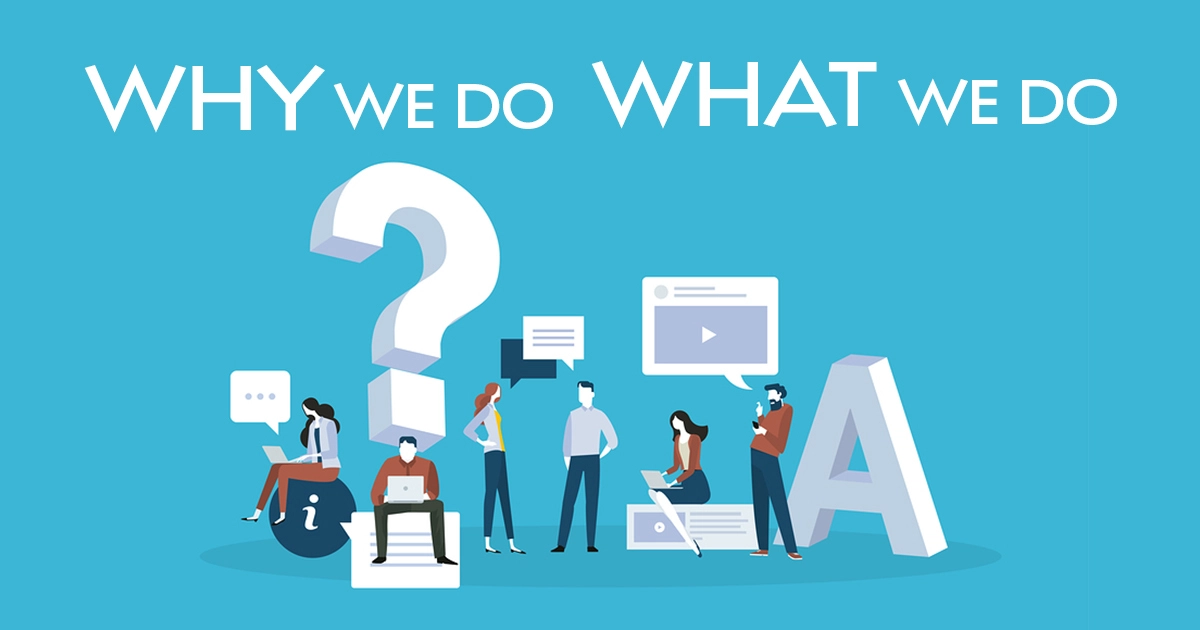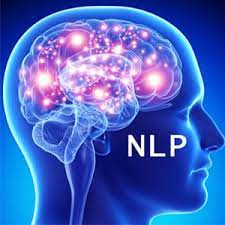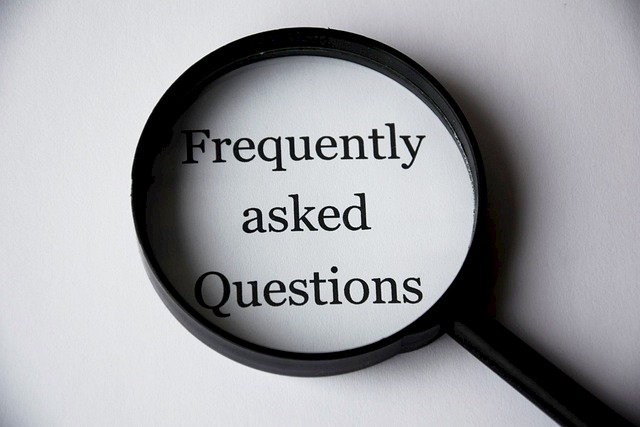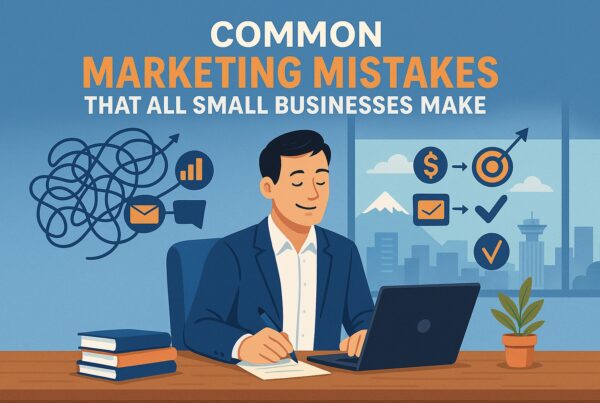Understand Meta-Programs and Leverage Them for Team Building

Team Building is the Key to Unlocking Team Success and Business Growth.
Team building is a critical component of any successful business venture. Teams effectively allow businesses to pool their resources and abilities to create a more productive, creative and efficient environment. They can consist of employees, contractors and even external stakeholders, with each member bringing unique perspectives, experiences and insight to the table. By leveraging the collective talents of a diverse team, businesses can develop innovative solutions to their challenges, generate better ideas and results, and ultimately increase profitability.
Teams are also important as they serve to create a sense of trust and camaraderie among team members. In addition to taking on specific roles in achieving success, each member contributes to the overall well-being of the collective by providing support and encouragement in difficult situations. By nurturing strong interpersonal relationships within teams, businesses can foster an environment where everyone is invested in meeting the goals set forth for them. This sense of unity is essential for volleying ideas back and forth easily and working collaboratively towards common objectives.
What do you need to consider?
Building a successful team requires careful consideration of the different backgrounds and personalities on board, team cohesion, and team collaboration itself. To achieve this, it helps to understand meta-programs: ways of perceiving, organizing and responding to information shared by people with similar backgrounds, experiences or education. In this blog post, we’ll explore the Interaction Style meta-program and how it relates to team building. We will then provide some tips that can help entrepreneurs and senior managers in business build better teams using this style.
What Are Meta-Programs?

Meta-programs are thought patterns that can classify different personality types by the way they perceive, organize and respond to information. Authors initially identified these patterns Tad James and Wyatt Woodsmall in their book Time Line Therapy & The Basis of Personality, which outlined eight major meta-programs, which include Chunk Size, Time Preference, Generalization vs Specificity, Cause & Effect Thinking Sorting Criteria/Order of Importance Values Assessment/Hierarchy of Values Flexibility vs Rigidity and Judging Orientation.
Of these eight major meta-programs, Interaction Style is particularly important in team building as it provides insight into how people respond and interact with one another and their environment. Active people tend to take the initiative, lead and be proactive, while those who are Reactive are more likely to respond to stimuli and follow the lead of others. Understanding this pattern is essential for effective team building as it can help individuals and other teams become aware of how they interact with one another so that everyone’s skills can be leveraged effectively.
The Interaction-Style Meta-Program
The Interaction Style Meta-Program in NLP is a way of assessing how two entities or groups interact with one another. It serves as a tool for understanding communication, interaction, and behaviour between any two people or groups.
In its broadest sense, the Interaction Style Meta-Program examines the underlying motivations of an interaction. This includes examining the expectations or goals of each person involved, why they are interacting in that particular way, and how successful their interactions will likely be.
The Interaction Style Meta Program can be broken down into three individual pieces:
• Interaction style – how two entities interact with one another
• Personal style – what motivates each entity to act a certain way during an interaction
• Purpose/Goal setting – what expectation each entity has from the outcome of the interaction
For example, if two people were negotiating a business agreement, then their personal styles might include competitive bargaining or cooperative collaboration. Different interpersonal expectations could result in different outcomes depending on the person whose adopted negotiation style. Similarly, if two people have conflicting goals when agreeing, this could lead to a breakdown in communication when trying to resolve.
In summary, the Interaction Style Meta-Program provides us with a framework for understanding how and why different parties interact with people and respond to and challenge one another during the course of any conversation or exchange – allowing us to better assess and facilitate successful outcomes from our engagements. This allows you to positively influence the interaction to ensure the objectives are attained.
Leveraging Team Building With Interaction-Style Meta-Programs
Now that we understand what Interaction Style meta-programs are about, let’s look at how leveraging them can create an effective team:
Assess the Team’s Needs
The first step towards a successful team is assessing what type of interaction styles you need for your team – Active or Reactive? Once you have identified which type you need more, you can look for your team members accordingly. If your project involves taking the initiative, then it would make sense for you to focus on hiring active players rather than reactive ones, as they will be better able to lead the charge when required. On the other hand, if your goal demands adapting quickly or following instructions well, recruiting reactive players might be a better option as they can adjust faster depending on the situation.
Nurture Team Positions that Fit Interaction Styles
Once you have identified the interaction style needed for each team member, the next step is to identify the roles most suitable for each type of player. This can be done by mapping out different positions in the team in terms of their required interaction style: What roles require active players, and which ones need reactive ones? Once this is done, it’s a good idea to provide additional training or support to those taking on roles with an emphasis on either active or reactive traits depending on the type of interaction they feel comfortable they’re expected to do.
Stimulate Positive Interactions
The key to a successful team is positive interactions, collaboration and constructive debates. To achieve this, it helps an organization establish clear engagement rules when it comes to conversations. Establishing a culture where everyone can freely express themselves within an agreed set of boundaries encourages healthy debate and collaboration between members of diverse teams and helps create strong relationships.
Provide Opportunities For Members To Develop Their Interpersonal Skills
Team building isn’t just about having members with the right qualities; it also requires members who have developed their interpersonal skills enough through practice and experience. Providing regular opportunities for employees to work on their communication, teamwork and problem-solving skills would go a long way toward creating a cohesive team that can produce great results time and time again.
Other NLP Techniques for Business

In the business world, several NLP techniques can be beneficial in addition to Meta-Programs. These include Meta-Modelling, Sensory Acuity, Reframing, and Anchoring.
Meta-Modelling is a useful tool for analyzing language patterns and understanding how people communicate with each other. This helps to identify what’s driving the conversation and enables businesses to respond effectively. It also allows businesses to identify possible objections or resistance points hidden behind what is being said.
Sensory Acuity is another important technique that enables businesses to build better customer relationships by paying attention to their body language, facial expressions or gestures. for example: Understanding how customers react physically can help companies adjust their approach and meet customer needs more effectively.
Reframing is a technique used to help you and your clients look at problems from different angles and perspectives. This technique encourages you to create new meanings for old beliefs or behaviours – enabling them to come up with alternate solutions that may have benefits that have been previously overlooked.
Finally, Anchoring is associating certain Thinking Models with physical responses such as tapping a person on the arm or squeezing the hand. This leads to feeling positive emotions when needed during difficult job negotiations or conversations.
Overall, NLP provides various techniques businesses can use to understand customers better and form and strengthen relationships while negotiating favourable deals or agreements. By combining these techniques with traditional sales methods, companies can achieve greater success in today’s competitive environment.
Criticisms on NLP and Meta-Programs

NLP has been around for a number of years, with its originators, Richard Bandler and John Grinder, developing many of the techniques still used today. Despite its popularity in many fields, such as therapy, sales and management, it has not been without criticism.
Much of this criticism comes from those who misunderstand the importance of what NLP is- they see it as a cure-all solution that can solve any problem. But in reality, the techniques used within NLP miss certain aspects of what makes something successful – the differences that make the difference. This means that while NLP may provide insight into achieving a desired task or outcome, it does not guarantee success every time.
Rather than rejecting NLP altogether, looking for ways to improve the process and using Meta-Programs to help break down strategies into greater distinctions and between subjective poles is better. This way, we can better understand why something is happening – giving us the ability for more control and influence over our behaviour and thought processes.
It is important to note that despite popular belief, NLP should not be seen as a panacea or diagnostic tool; instead, it should be considered a technique to use when looking at specific areas of expertise such as therapy, sales or management. It provides insight into the structure of how things are and offers potential correlations between inputs and results – but again, it cannot determine the cause in most cases.
While NLP has faced many challenges and much criticism due to misunderstanding, we should not dismiss it entirely – rather, take advantage of it as best we can by looking at ways to improve the process. By doing so, we can begin to unlock new possibilities and understand and influence our behaviours on a deeper level – helping us to reach more fulfilling outcomes in our life in whatever field we choose.
FAQs

Here are some FAQs relating to Meta-Programs and NLP that can be useful for business:
Q: What is a Meta-Program?
A: A Meta-Program is a pattern of behaviour or attitude that an individual uses to process information, decide, interact with others, and achieve their goals in life. It serves as a mental filter through which one perceives the world around them and is composed of values, preferences, and beliefs.
Q: How does NLP help businesses?
A: Neuro-Linguistic Programming (NLP) provides various techniques and practices for businesses to understand customers better and foster stronger relationships. NLP helps businesses build trust, create more impactful communication strategies, develop creative solutions to complex problems, and reduce resistance from clients during negotiations.
Q: What are the benefits of using Interaction Style Meta-Programs in business?
A: Using Interaction Style Meta-Programs can help businesses better assess how different people communicate with each other. It enables them to identify the underlying motivations of interaction, allowing them to respond more effectively and facilitate successful outcomes from engagements.
Q: How does knowing NLP support team collaboration?
A: Knowing NLP techniques can support better collaboration by helping team members understand and respect each other’s communication styles. This understanding enables teams to work together more effectively, as everyone is aware of the needs and preferences of their colleagues. Understanding NLP skills also allows teams to create an environment where everyone feels comfortable speaking up and sharing ideas, resulting in stronger collaboration and teamwork.
Q: How can NLP help me negotiate better deals with clients?
A: Using NLP techniques such as Reframing and Anchoring can help you create persuasive arguments that resonate with your customer and make them more likely to agree. By understanding their needs, values, and beliefs, you can tailor your message in a way that makes sense to them, thus improving your chances of success.
Q: What is Sensory Acuity, and how does it help businesses?
A: Sensory Acuity is the skill of observing other people’s non-verbal communication cues such as body language, facial expressions, or gestures. It helps businesses understand how customers and other teams react physically, enabling them to adjust their approach accordingly and ensure they meet customer needs effectively.
Q: How do Meta-models improve business relationships?
A: Meta-models enable businesses to analyze language patterns and uncover what’s driving a conversation. This helps companies identify potential resistance or objections while responding effectively – leading to better customer engagement and stronger relationships.
Q: What kind of results can I expect when using NLP strategies?
A: By incorporating NLP strategies into your sales process, businesses can expect improved customer response rates through better communication tailored toward each client’s needs. Companies may also experience increased overall customer satisfaction due to increased trust levels resulting from these interactions.
Q: Are there any ethical considerations when using NLP in business?
A: Yes! NLP can be perceived as manipulative practices, utilizing mind tricks to influence and attain the person’s objective using various techniques. However, your business must honour its intention for existence and its ethical standards and culture. Keeping this in focus, using NLP is about enhancing both the effectiveness of the own team members and the client’s experience and needs.
Final Thoughts
Building successful teams takes effort, strategy, organization, skill and understanding – but leveraging meta-programs such as Interaction Style can make all the difference when it comes to effective team building by helping you identify the types of players you need as well as providing guidance when nurturing existing positions or providing training for developing interpersonal skills amongst your members. With some planning and preparation, entrepreneurs and senior management in business should be able to leverage this to build well-rounded teams equipped with creative thinkers and people who know how to get things done!
Find out more how you can improve your team and – Speak to the COACH



